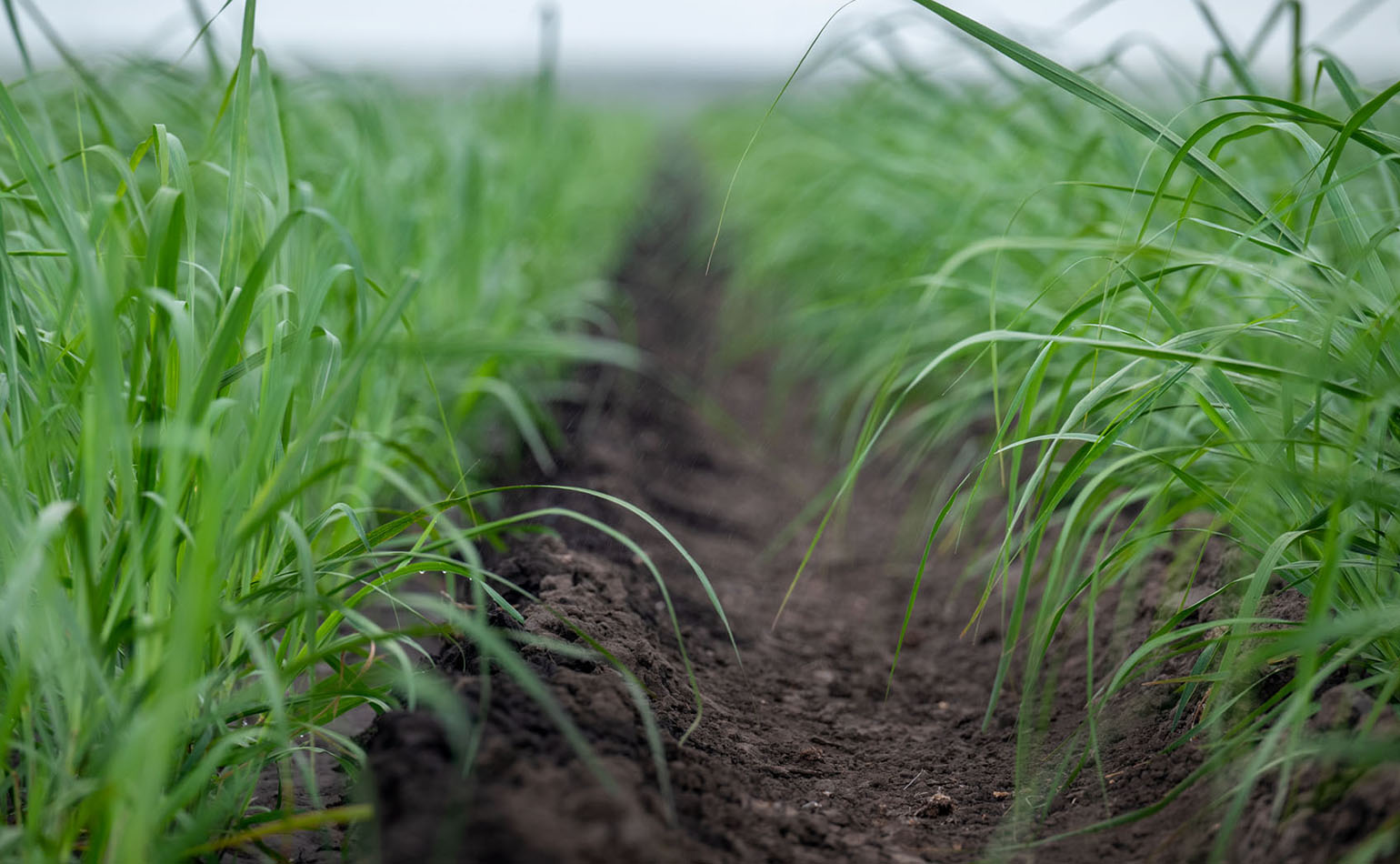Opinion
Dr Michael Crawford, CEO, Soil CRC
The Australian Government’s plan for carbon neutrality by 2050 highlights the important role of soil carbon sequestration in helping to offset greenhouse gas emissions occurring elsewhere in the economy.
Much has been said about the Government’s objective of reducing the cost of soil carbon measurement through advances in proximal sensing, modelling and remote sensing technologies. But less has been said about the options that farmers have for sequestering carbon in their farming systems and businesses.
A lot of the discussion about soil carbon sequestration can be framed in the ‘triple M’ context – measuring, marketing and making.
Measuring
It is widely recognised that the current costs of measuring soil carbon are a deterrent to farmers baselining their soils and registering them as a soil carbon project, especially with the current approved methodologies for determining carbon. The $36 million National Soil Carbon Innovation Challenge will help to address this by identifying and fast-tracking low-cost accurate technological solutions for measuring soil organic carbon.
Marketing
There is also an increasing number of options available to farmers for marketing their increased soil carbon, both through the Government’s Emissions Reduction Fund (ERF), and through voluntary schemes, domestically and internationally. The schemes vary in their complexity and rigour (and payment), and generally, a farmer needs to work with a soil carbon broker or aggregator to ensure that they satisfy the monitoring, verification and reporting requirements.
Making
What is desperately needed if the Government’s targets are to be met (every year from now until 2050 and beyond) are the technologies that support the making of soil organic carbon. While there is potential for Australia’s soils to hold more organic carbon, this can only be realised if there is a way for farmers to reliably, confidently, cost-effectively and permanently put it there.
Some of the making options currently available to farmers include stubble retention and zero tillage for grain growers, and stocking rate and grazing management for graziers. Depending on location and proximity to sources of organic materials, this can be supplemented by importing and spreading organic biomass such as composts, mulches, biochar, biosolids or manures.
Basically, any practice that increases the rate of input and decreases the rate of loss of organic carbon can contribute to increased soil organic carbon levels over time.
However, many of the easy gains have already been made as the adoption of reduced tillage and stubble retention is very high in most grain growing areas and managing stocking rate and grazing pressure to maintain vegetative cover of the soil and optimise pasture regrowth are well recognised as good management practices in grazing areas.
In many areas of Australia, soil organic carbon remains steady, reflecting the influence of soil type, rainfall and farming practice. If soil carbon is to increase, farming practice needs to change. And this is especially the case as rainfall is predicted to decrease in many parts of Australia due to climate change, making the task of increasing soil organic carbon even more difficult.
The Soil Cooperative Research Centre is currently researching additional means of improving soil performance, increasing soil organic matter and making soil carbon. The Soil CRC is funded for 10 years by the Australian Government and its 40 participant organisations, including eight universities, four state government agencies, eight industry organisations and importantly, 20 grower groups across Australia, making it the largest collaborative soil research effort in Australia’s history.
Soil CRC research includes investigating methods to increase inputs of carbon by removing constraints to plant growth such as acidity, sodicity, poor soil structure and low fertility; extending the growing season (and carbon input) through the use of perennials, cover crops, double cropping and intercropping; and increasing the diversity of crops and pastures to take advantage of seasonal differences and variable soil and landscape conditions.
The Soil CRC is also investing in the development of innovative soil amendments that will improve the stabilisation of carbon inputs into soil from plants and microorganisms, and potentially increase the soil carbon storage ceiling.
A lot of this research is taking place in collaboration with farmers and grower groups, producing research outcomes that are relevant to their farming systems and farming businesses.
However, considering how place-dependent and context-specific this research needs to be, and the vast diversity of soil types, local climates and farming systems across Australia, it is clear that a lot more research needs to be done to give all farmers the tools and knowledge they need to confidently and reliably improve their soil performance and sequester soil carbon at an affordable cost.
The Australian Government’s plan for carbon neutrality places a large emphasis on technology investment, and unlocking opportunities through developing technology solutions for clean hydrogen, low-cost solar and efficient energy storage. Australia’s farmers also need more investment in technology, not just for measuring and marketing soil carbon, but importantly, for making soil carbon – reliably, cost-effectively and at scale – and keeping it there.
Australian agriculture, and Australian farmers, want to be part of the solution. We just need to put more effort into developing the technology to enable that contribution to be made.

